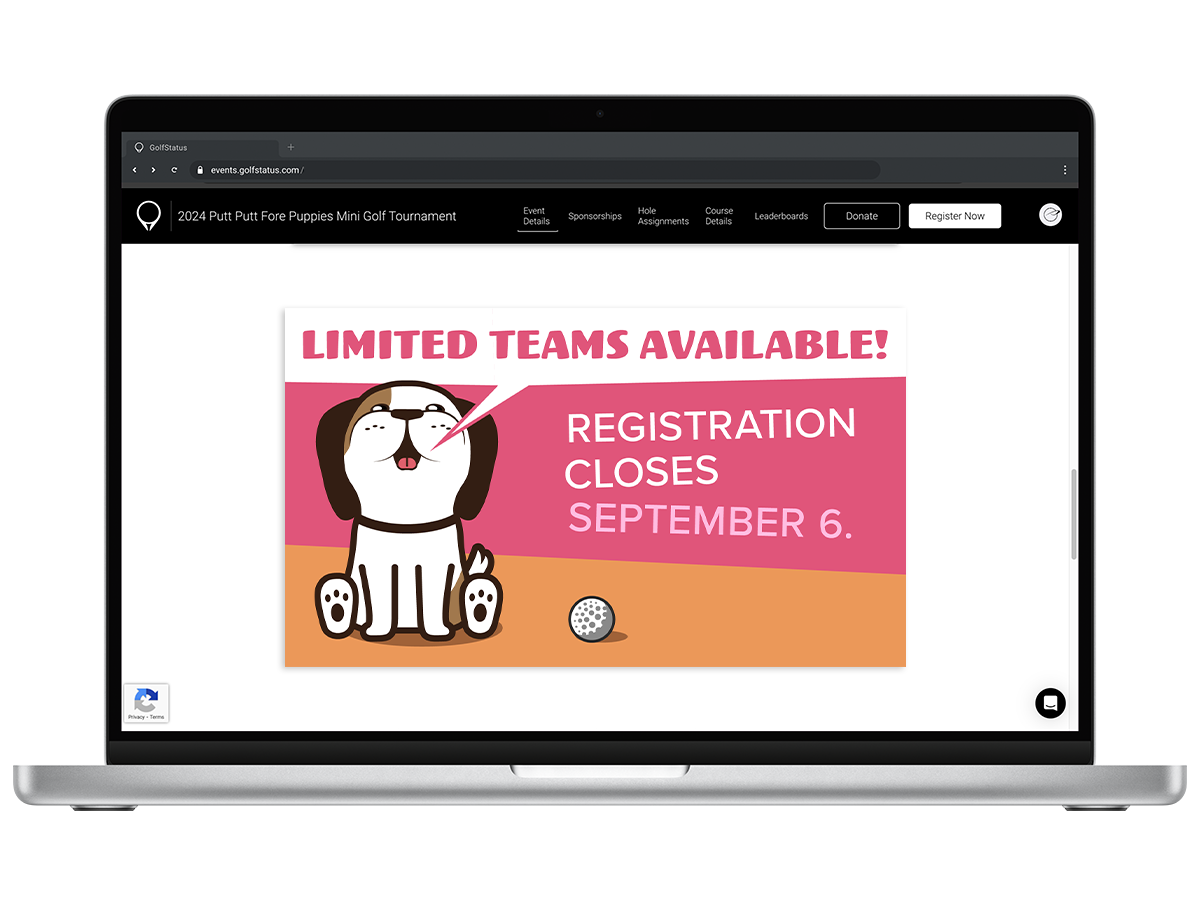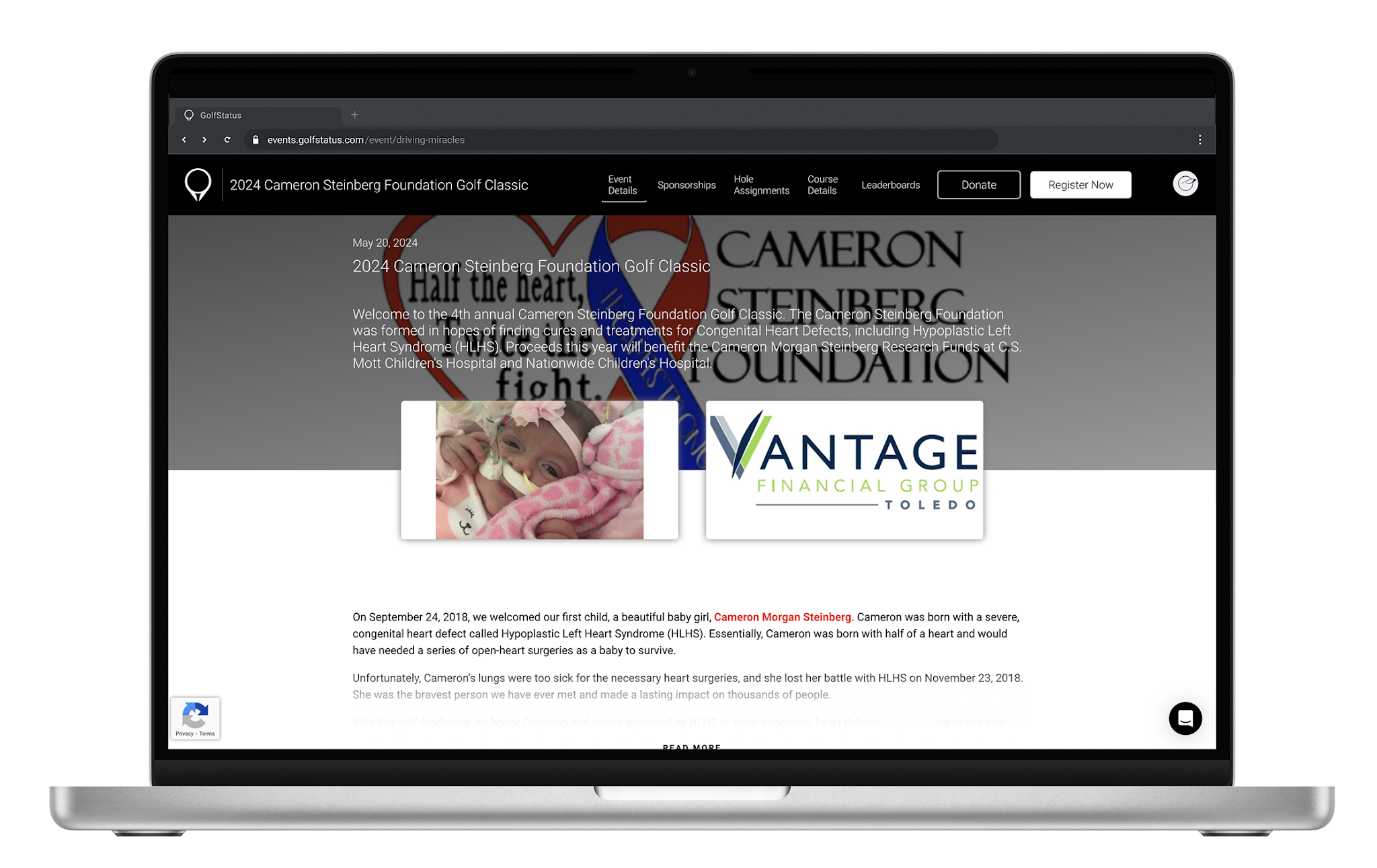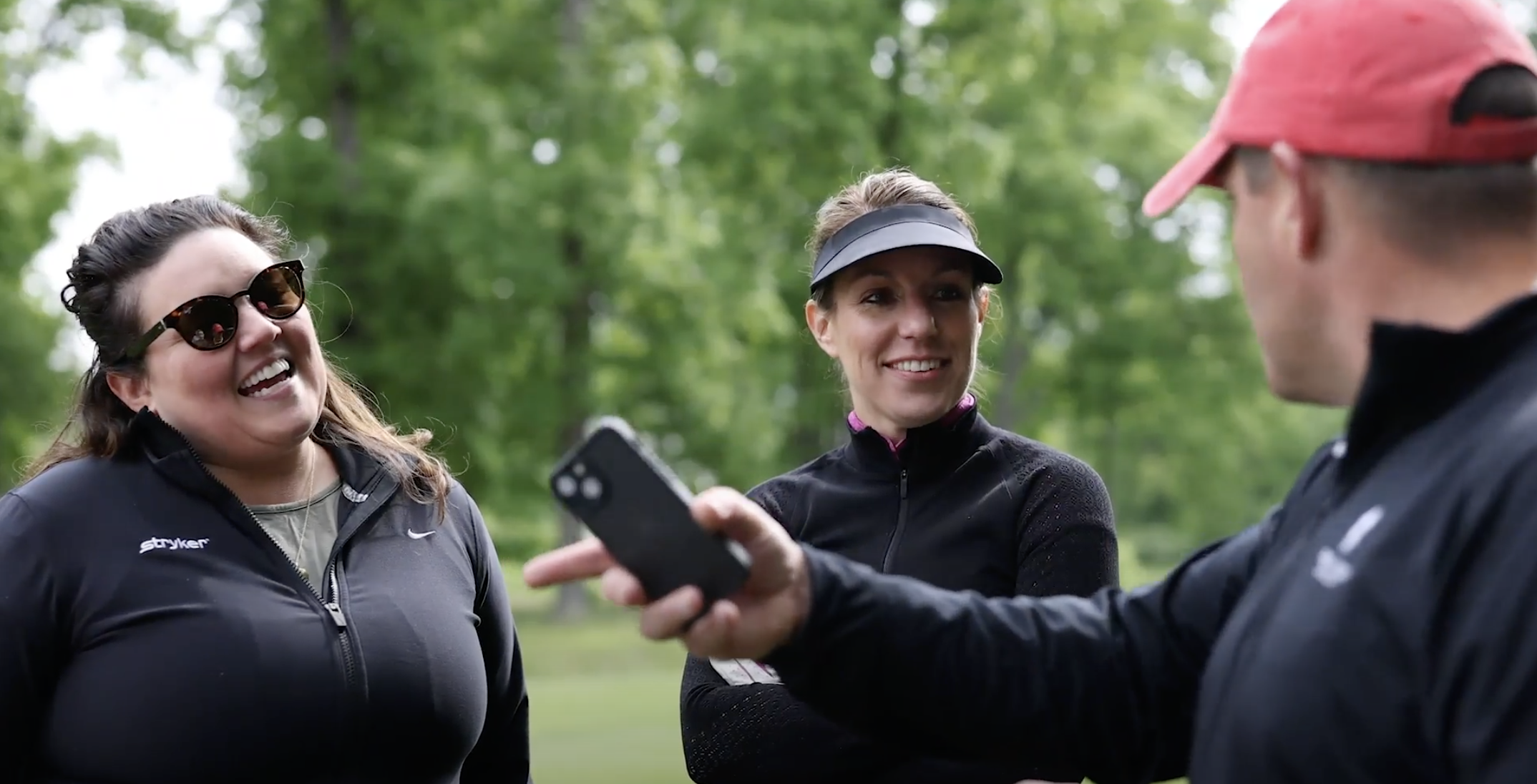When it comes to running a successful golf tournament, choosing a host golf facility is one of the biggest decisions you’ll make. Having the right expertise can make all the difference—PGA Professionals are experts in every aspect of the game, including event management, facility operations, and ensuring everything runs smoothly.
This blog series will continue to tap into the collective knowledge of the PGA Professionals at GolfStatus—Cash Dinkel, PGA; Jason Meininger, PGA; and Paul Murcek, PGA—to explore how to choose and work with the host golf course.
The PGA Professionals on staff at GolfStatus, from left: Paul Murcek, PGA; Cash Dinkel, PGA; Jason Meininger, PGA
Q: My organization has decided to move forward with a golf fundraiser. How do I pick a golf facility?
Jason Meininger: There are really three main factors in choosing a golf course: location, cost of the course, and the demographics of your target market.
Cash Dinkel: Most often, the biggest factors are pricing per player and the demographics of your potential sponsors and players. A private, high-end country club is going to charge a much higher price, but hosting at that type of facility lets you charge more for registrations and sponsorships and may attract higher net-worth individuals to participate. It’s important to keep your expenses in mind with this type of facility—your overall fundraising goal needs to be higher to ensure expenses are covered. Location is another important factor. You want to make sure players and sponsors are located close to the facility to drive maximum participation. When looking at courses, I would recommend reaching out to two or three options and ask staff for contacts of previous event organizers to see if they enjoyed hosting their event at that facility.
Paul Murcek: This can be a tough decision. It comes down to a combination of affordability and golf course name recognition. Having your tournament at a course or a club that most people can't typically play at can equal more golfers, but if the cost is too high, it can also price out potential golfers. So it’s definitely about finding the right balance.
Several factors play into choosing a golf course for your golf tournament, including cost per golfer, location of the facility, and the demographics of your tournament's target market.
Q: What questions should I ask golf staff when looking at potential host facilities?
Paul Murcek: What is included in the fee per golfer (greens fee, cart, range balls)? Is there a minimum number of golfers or teams required? Can they provide pro shop credit? How does the facility typically handle scoring the event?
Cash Dinkel: The best advice I can give tournament organizers is that if you don’t know, don’t be afraid to ask. Golf staff are experts in hosting great events and they are willing to answer any questions you may have. Some important things to ask them about include:
Pricing
Set up on the day of the event
What the course provides (things like tables, chairs, meals, scoring, contest setup)
Schedule for the day,
If range balls are provided
Jason Meininger: Beyond general pricing, I recommend asking what’s the normal golfer rate at the course at the time of your tournament. If the price is higher, be sure that it includes things like drink tickets or gift cards for prizes. You should also ask about food and beverage options—do you have to purchase from the course or can I bring in my own? Are beverage carts available? Other big topics are the course’s rainout or cancellation policy, required deposit to hold the date, and when final payment is due.
It's a good idea to review the contract's list of charges with golf course staff prior to signing and checking on details like adding an automatic gratuity to food and beverage.
Q: What are some fees or costs I should be aware of or watch out for before signing a contract with the golf facility?
Jason Meininger: Check to see if there’s a fee or penalty for not meeting the minimum number of golfers, if there are costs for extra cart rentals, and if they add an automatic gratuity to food and beverage.
Cash Dinkel: Read the contract closely for price per player, if there’s a minimum number of players required, if there are any fees for using the course’s software or scoring (be sure to mention you’re using GolfStatus to avoid any such fees), or fees for using the facility’s equipment (tables, tvs, chairs, tents, etc.). I recommend going through the list of charges in detail with the golf course to fully understand what you're going to be charged for the day of the event.
Q: What’s typically included in the price to hold a tournament at a golf course?
Cash Dinkel: The main things are green fees and cart fees. Some courses might also include food and beverage or credit to the golf shop to give as player prizes.
Jason Meininger: Most courses I’ve worked at and with include green fees, cart fees, range balls, shop credit, and food and beverage.
Check with the golf facility on what the price per golfer includes, such as greens fees and cart fees.
Q: A lot of tournament organizers are concerned about inclement weather on the day of their event. How do you suggest planning for the weather?
Cash Dinkel: Plan for the worst and hope for the best! Always have a backup plan just in case. If it looks like the weather will affect your event, start communicating with golfers and sponsors earlier rather than later. Check in with the golf course to see what their policy is and start thinking about possible dates to reschedule (this is also something to check on before you sign a contract with the golf course). Communicate with your players and sponsors that inclement weather may be present on the day of the event and more communication will come the morning of the event either way.
Jason Meininger: This is a difficult one, but I usually tell organizers to look for a makeup date and reschedule the event if at all possible. As long as there is no lightning, I would move forward and play the tournament. I’ve worked with several events that were shortened to nine holes (instead of the full 18) holes based or canceled due to the weather.
Paul Murcek: Definitely check with the course to see if they allow a makeup date for the tournament. I worked with the Parkinson Association of Central Florida who had to reschedule their tournament in 2022 when Hurricane Ian hit Florida. They communicated with their field and everything worked out well.
Ask the Pros!
Do you have a golf tournament question for our PGA Professionals? Email it to [email protected] with “PGA Pro Question” in the subject line and it might make a future blog post or be answered on an upcoming GolfStatus webinar!
GolfStatus’ team is ready to help you make your next golf event the best one yet. Nonprofits can qualify to use GolfStatus’ tournament management software at no upfront cost through our Golf for Good program. You’ll get an event website, online registration, communication tools, exclusive sponsorships and add-ons, and much more—plus access to our knowledgeable client success team. Click the button to get started!


























































